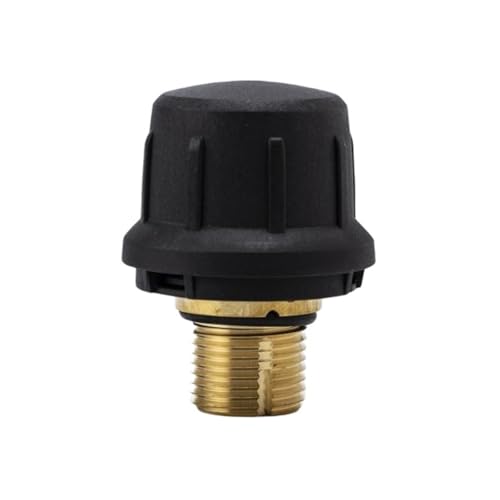



Interchanging nozzles and extensions between different brands is often possible, but several factors must align for optimal performance. Compatibility typically hinges on the specific connection types and diameters used by each model. Many manufacturers standardise certain fittings, making it easier to swap accessories without any hassles. If you own a brand that offers universal fittings, you’re likely in luck.
Consult your user manual for precise specifications on the fittings and dimensions of your current setup. Be mindful that not all connectors are created equal; slight variations can lead to leaks or inadequate water pressure. In instances where the fittings differ, an adapter may be necessary to bridge the gap.
I recommend reaching out to the manufacturer or researching on their website before making any decisions. This ensures that the components you are considering will perform at their best. In my experience, utilising the correct accessories designed for your specific unit often leads to superior cleaning results and fewer mechanical issues down the line.
Interchangeability of High-Pressure Nozzles
The compatibility of high-pressure nozzles varies significantly among different brands and models. It’s essential to check the specifications of both the nozzle and the machine before attempting to swap them out. Most manufacturers provide detailed compatibility information that can save you time and frustration.
Standard connection types, such as quick-connect fittings, can enhance compatibility across different brands, but it’s not guaranteed. For instance, a nozzle from one manufacturer might fit physically, but the pressure ratings could differ, potentially causing damage or inadequate performance.
If you’re looking to customise your setup, consider investing in adaptors. These can sometimes bridge compatibility gaps between products, allowing you to use nozzles from various brands without hassle. Always ensure that the combined pressure ratings meet your cleaning needs to maintain safety and efficiency.
In my experience, having a versatile nozzle selection can improve your cleaning versatility. For standard tasks, general-use nozzles suffice; however, specialised nozzles for tasks like soft washing or surface cleaning can produce superior results. Test various options to determine the best fit for your specific applications.
Finally, I recommend keeping your manual handy. It often includes valuable insights regarding compatible accessories and maintenance tips specific to your model, ensuring optimal performance over time.
Understanding Pressure Washer Wand Compatibility
To ensure optimal performance, it’s crucial to match the cleaning nozzle with your machine’s specifications. I recommend checking the connection types: quick connect and screw-on options. Quick connect systems generally offer a degree of flexibility, allowing you to swap accessories easily.
Connector Types
The two most prevalent connector types in the industry are M22 and 3/8-inch fittings. M22 fittings, often found on electric machines, are more compact and convenient for lighter tasks. In contrast, 3/8-inch connections tend to be standard on gasoline models, providing robust support for heavy-duty applications. Verifying the connection type on the wand and the machine is your first step to ensuring compatibility.
Length and Design
Length and design variations also play significant roles. Various lengths are available to accommodate different user heights and working conditions. Additionally, some nozzles come with angle adjustments or built-in extensions that can enhance reach and usability. Always consider the specific cleaning tasks you’ll be performing, ensuring that the design matches your requirements.
Common Types of Pressure Washer Wands
In my extensive experience, I’ve identified several categories of spray attachments that cater to various cleaning tasks. Each type offers unique functionalities tailored to specific applications, ensuring optimal performance.
1. Standard Spray Lance: This is the most common type, typically used for general cleaning. It offers a range of nozzle options that can adjust the spray angle from a narrow jet to a wider fan. It’s versatile and suitable for most household tasks.
2. Turbo Nozzle: Featuring a rotating jet, this attachment increases the cleaning power without needing to adjust the pressure. Ideal for removing tough grime or stains, it’s efficient on surfaces like concrete and brick.
3. Surface Cleaner: Designed for flat surfaces, this tool includes two spinning jets that clean large areas quickly. It’s perfect for driveways and patios, drastically reducing cleaning time compared to using a standard lance.
4. Extension Wand: This accessory adds reach, allowing access to high or hard-to-reach areas. With various lengths available, it’s crucial for cleaning second-storey surfaces, gutters, or tall vehicles without needing a ladder.
5. Soap Applicator Wand: Specifically designed for applying cleaning solutions, this attachment mixes soap with water during operation. It’s beneficial for washing vehicles or preparing surfaces prior to thorough rinsing.
6. Telescoping Wand: Similar to the extension type, this wand can be adjusted to different lengths, making it adaptable for various tasks. It’s particularly useful for handling different elevations while maintaining control.
| Type | Use | Advantages |
|---|---|---|
| Standard Spray Lance | General cleaning | Versatile, adjustable spray angle |
| Turbo Nozzle | Heavy-duty surface cleaning | High efficiency, effective grime removal |
| Surface Cleaner | Flat surfaces | Fast cleaning, covers large areas |
| Extension Wand | High access cleaning | Added reach, no ladder needed |
| Soap Applicator Wand | Applying cleaning solutions | Efficient detergent mixing |
| Telescoping Wand | Adjustable height cleaning | Customizable length for various tasks |
Knowing the specific purpose of each type can significantly enhance your cleaning efficiency. Choose according to the tasks at hand for optimal results.
Factors Influencing Wand Interchangeability
Compatibility between different cleaning attachments largely hinges on several factors, ensuring optimal performance and user satisfaction. Firstly, connector size plays a pivotal role. Different manufacturers may utilise various connector diameters and threading styles. Always verify the dimensions before attempting to fit a new attachment.
The quality of material also influences interchangeability. High-quality connections often have more robust threading, ensuring a tighter fit and longevity. Look for attachments made from durable materials like brass or stainless steel.
Operating pressure capacity is crucial as well. Each tool comes with a maximum pressure rating. Using a wand rated for a lower pressure on a higher-output machine can lead to malfunction or safety hazards. Always ensure that the attachment can withstand the pressure output of your unit.
Next, consider design variations. Some attachments include additional features, such as rotating nozzles or quick-connect systems, which may not be compatible with all models. Research specific designs to ensure they will work with your equipment.
Lastly, brand compatibility cannot be overlooked. Many manufacturers design their products for exclusivity. While some brands may allow a degree of interchangeability, others do not. Consulting your user manual or seeking advice from experts can save time and effort.
Compatibility Between Different Brands
In my experience, compatibility among various brands is a significant aspect to consider when selecting attachments. Not all nozzles and extensions from different manufacturers will fit seamlessly onto another brand’s model; however, there are exceptions. Brands like Karcher and Simpson produce models that can accommodate each other’s accessories due to similar thread sizes or connection features.
For a more reliable match, prioritise checking the specifications of the connector type. Quick-connect designs are common across multiple lines, which increases versatility. Adapters are also available for specific models, enabling compatibility where direct fitting isn’t possible.
Consider pressure ratings as well. Some brands might have higher PSI tolerances, and using a wand from a lower-rated model could potentially damage the equipment or lead to performance issues. I advise comparing the specifications meticulously before making any swaps.
If you’re using a specific attachment frequently, investing in a model designed for your machine’s brand can enhance performance and ensure durability. While some improvisation is viable, remember that maintaining the original design is often the best bet for long-term use.
Lastly, reaching out to customer service or visiting forums might provide insights from fellow users about specific cross-brand compatibility issues they’ve encountered, adding to your knowledge base before making alterations.
How to Measure Wand Fittings
Accurate measurements are vital for compatibility. To ensure a proper fit for your cleaning tool’s attachments, follow these detailed steps:
1. Measure the Diameter
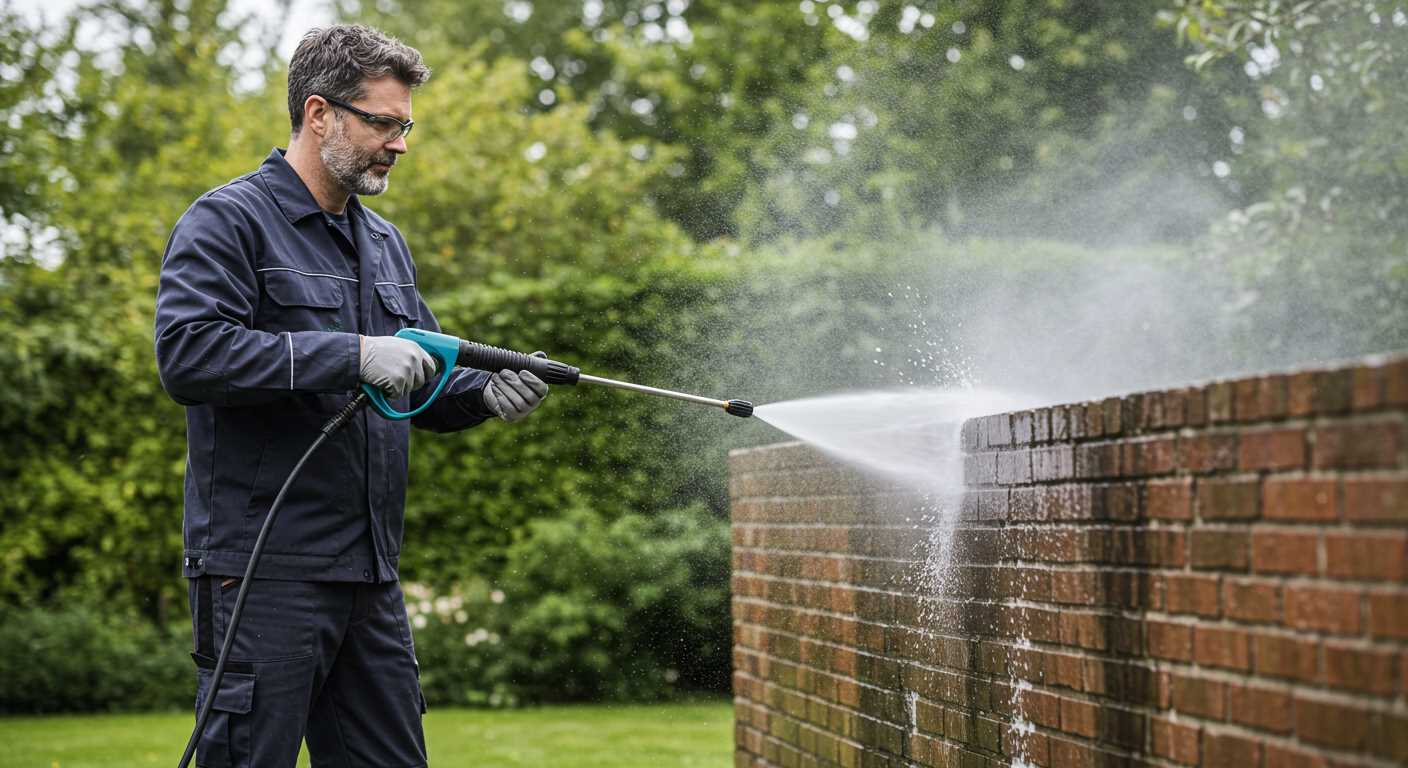
Using a digital caliper or a measuring tape, note the outer diameter of the fitting. Most wands have diameters ranging from 1/4 inch to 3/8 inch. Make sure to measure at the threaded end, as this is where the attachment will connect.
2. Check the Thread Type
Thread specifications matter. You’ll encounter two primary types: M22 and 3/8 inch NPT. M22 threads are common in many models and generally found in metric systems, while the 3/8 inch NPT is prevalent among US brands. Count the number of threads over a specific length to confirm this. A precise thread count helps in cross-referencing compatibility with your fittings.
Following these guidelines will simplify the process of selecting the right attachments for your equipment, enhancing performance and efficiency during use.
Advantages of Using Original Manufacturer Wands
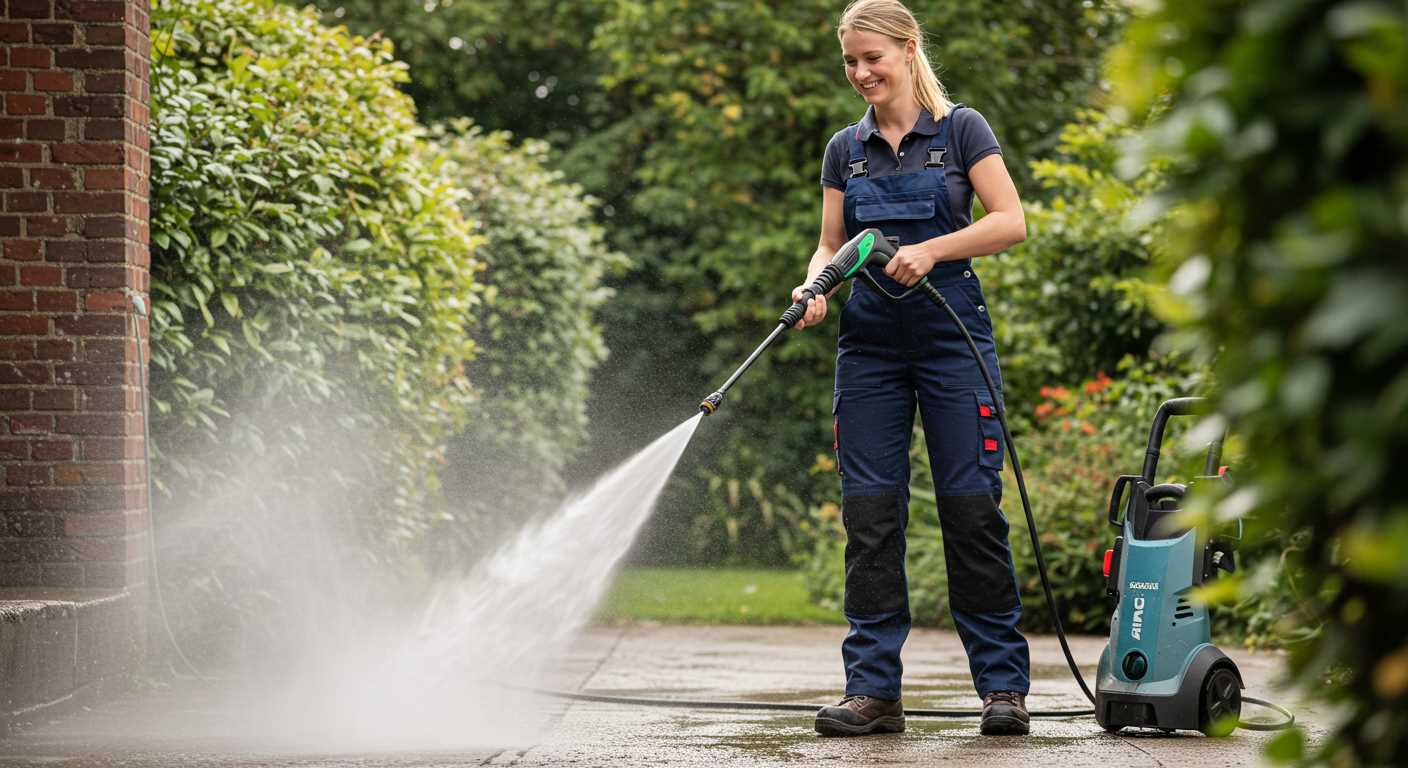
Utilising wands from the original manufacturer significantly enhances performance and safety. These components are specifically designed to operate seamlessly with their corresponding machines, ensuring optimal compatibility and functionality.
Here are key benefits of opting for authentic manufacturer components:
- Precision Engineering: Original wands are manufactured with precise specifications tailored to match the pressure output and flow rate of the machine, reducing the risk of malfunction.
- Durability: Made from high-quality materials, these tools withstand wear better than generic alternatives, providing you with long-term reliability and performance.
- Safety: Authentic wands incorporate safety features that are designed to prevent leaks and burst hoses, protecting both the equipment and the user.
- Warranty Protection: Using manufacturer parts typically preserves warranties, ensuring that any future issues are covered without additional costs.
- Custom Features: Many original wands offer unique features such as adjustable nozzles tailored for specific cleaning tasks, enhancing versatility.
- Performance Consistency: Consistent use of original tools maintains cleaning efficiency, as these components work harmoniously with the machine’s engineering.
In my experience working in the industry, choosing manufacturer wands leads to fewer repairs and a more enjoyable user experience. It’s a decision that pays off in both performance and safety over time.
Aftermarket Extensions: Pros and Cons
Choosing aftermarket extensions can be beneficial, but it comes with trade-offs. One significant advantage is cost-saving; these tools often come at a lower price than original equipment manufacturer (OEM) alternatives. Additionally, aftermarket options can provide unique functionalities or varied lengths, which might not be available with stock products. This variety can help users tailor their cleaning experience to specific tasks, enhancing versatility.
However, there are notable downsides to consider. Quality can be inconsistent among aftermarket products. Some may not meet the same durability standards as OEM versions, leading to a higher likelihood of wear and tear. Compatibility with existing fittings is another issue; aftermarket extensions may not fit perfectly or could create pressure drop, impacting performance. Moreover, warranty coverage might be affected when non-OEM parts are used, raising concerns for users who want to maintain manufacturer support.
Evaluating Aftermarket Options
To make an informed decision, assess your cleaning needs against the aftermarket product features. Reading user reviews and gathering feedback from trusted sources can be beneficial. Additionally, checking return policies is advisable; this allows you to test compatibility and performance without long-term commitment. If you’re not getting the intended results, being able to return the product can save you from unnecessary losses.
Conclusion
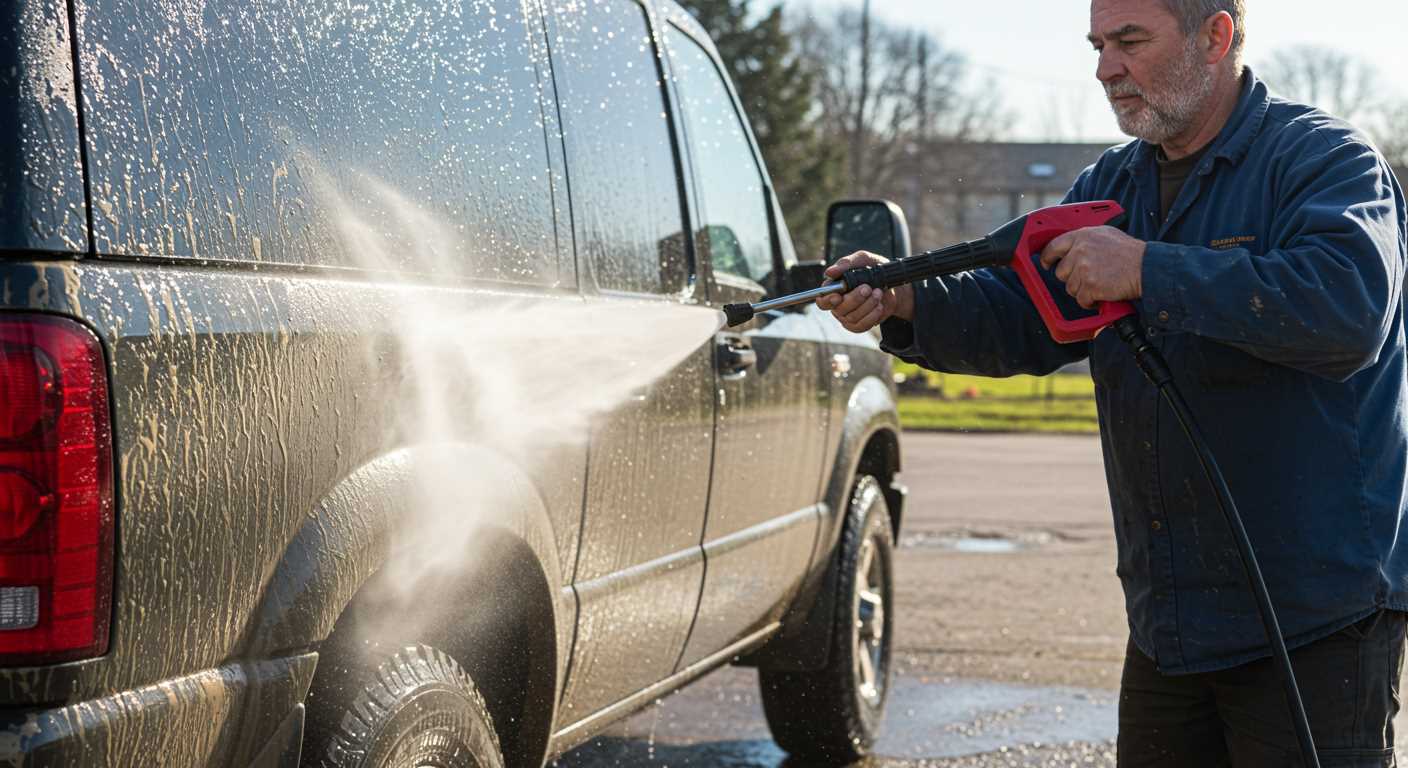
Aftermarket extensions offer both opportunities and risks. Assessing specifications, user experiences, and compatibility can lead you to solutions that align both with your budget and cleaning requirements while minimising potential pitfalls.
Tips for Choosing the Right Wand for Your Pressure Cleaning Equipment
Select a wand that matches the specifications of your equipment model. Compatibility ensures maximum efficiency and safety during operation.
Consider Length and Reach
Examine the length; longer options provide better reach for high areas or distant surfaces. However, ensure it doesn’t compromise control during use. A balance between reach and manoeuvrability is key.
Know the Nozzle Options
Check the available nozzle sizes and types. Detachable nozzle systems offer versatility for different tasks, from gentle cleaning to heavy-duty grime removal. Consider options that allow quick replacement for easy switching between tasks.
- Adjustable nozzles provide flexibility for varied cleaning needs.
- Specialty nozzles exist for specific applications, such as surface cleaning or rinsing.
Material Matters
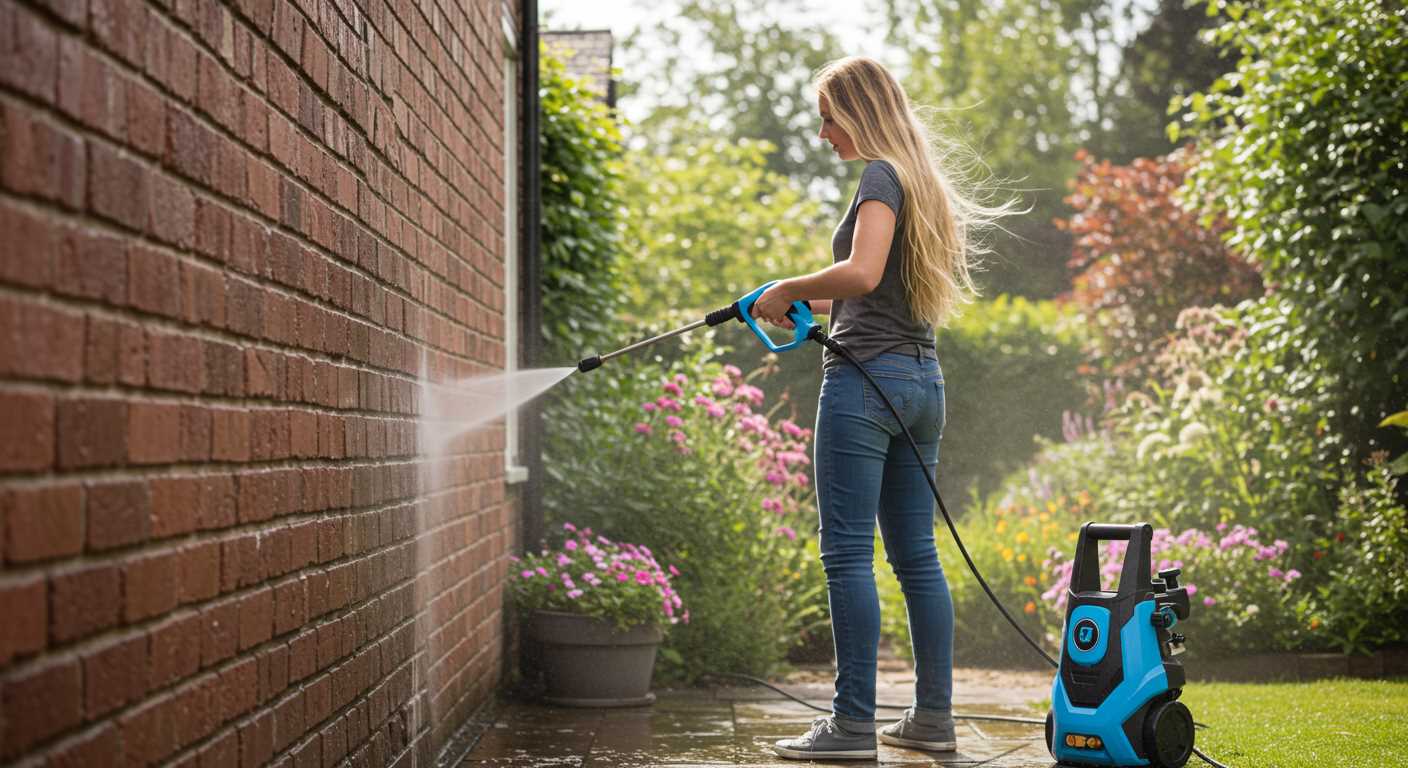
Wands made of lightweight materials like aluminium offer ease of handling, while durable alloys withstand wear and tear. Evaluate your usage frequency to determine the right choice; for occasional use, lightweight might suffice, while professionals should opt for robustness.
Ergonomics and Grip
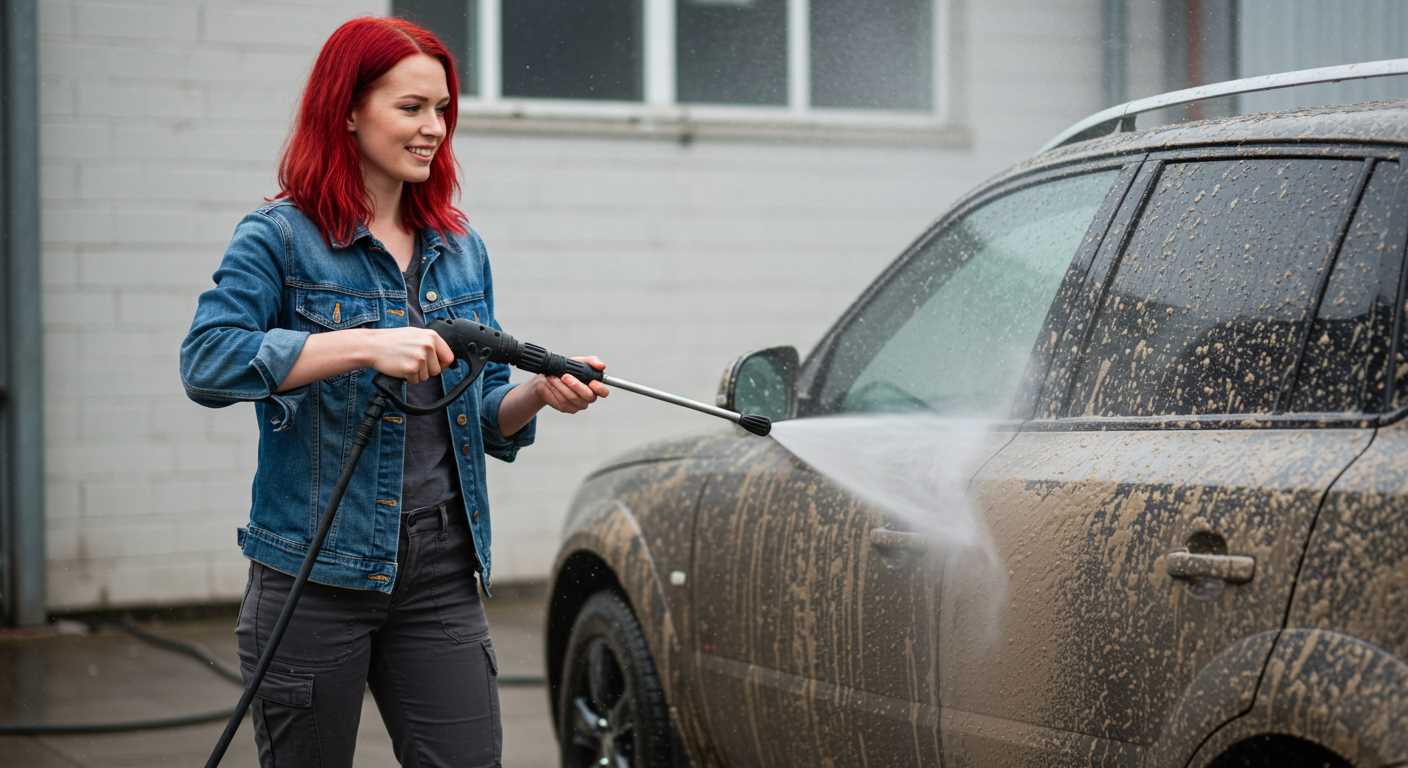
Look for ergonomic designs for comfort during extended use. A comfortable grip reduces fatigue and enhances control, particularly in challenging tasks.
Safety Features
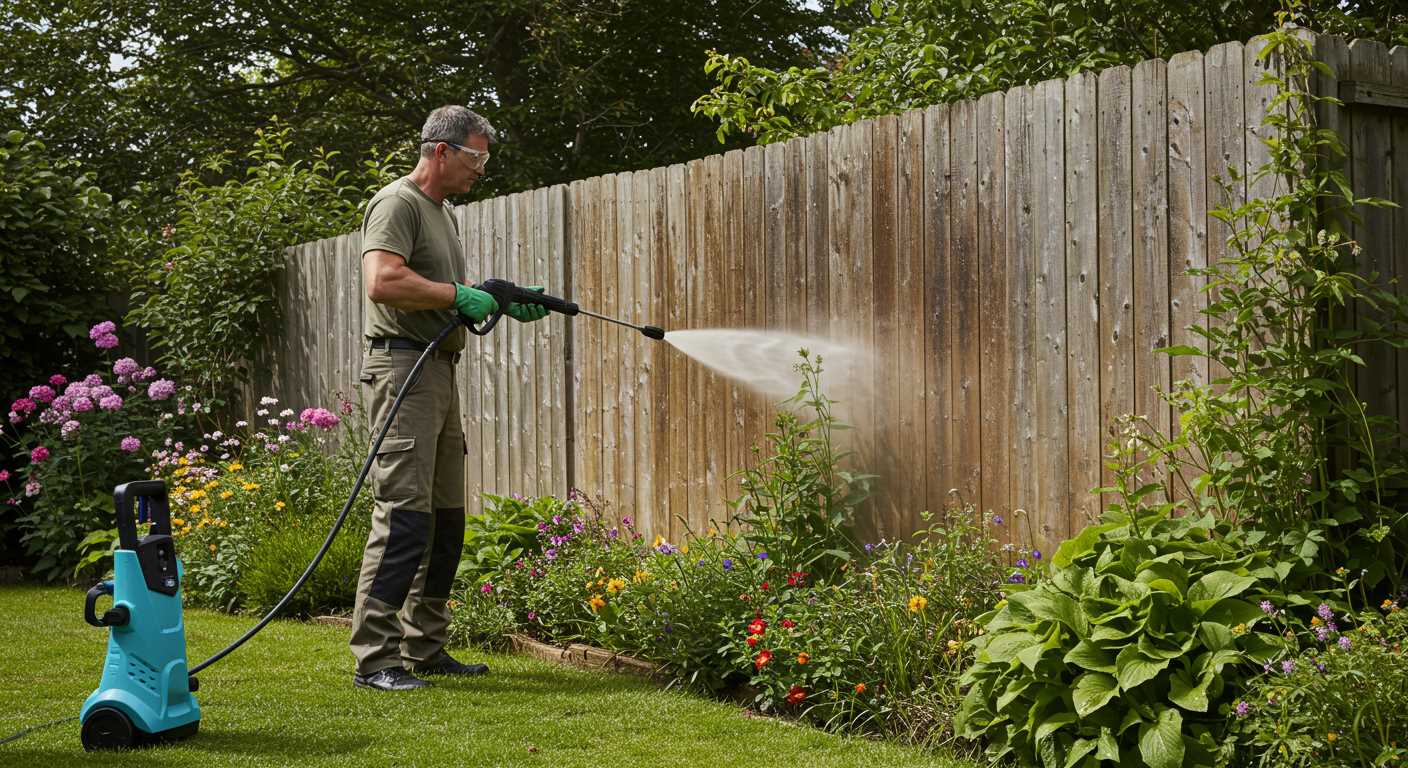
Verify that the wand includes safety mechanisms, like trigger locks, to prevent accidental activation. Protecting yourself from high-pressure bursts is paramount during operation.
Brand Specifications
Refer to the manufacturer’s guidelines concerning compatibility. Specific brands often provide model-specific recommendations ensuring you choose an appropriate option tailored for your cleaning device.
User Reviews and Feedback
Consult testimonials and reviews to gather insights on performance and durability. Practical feedback from users can enlighten your selection process and highlight potential advantages or drawbacks.




